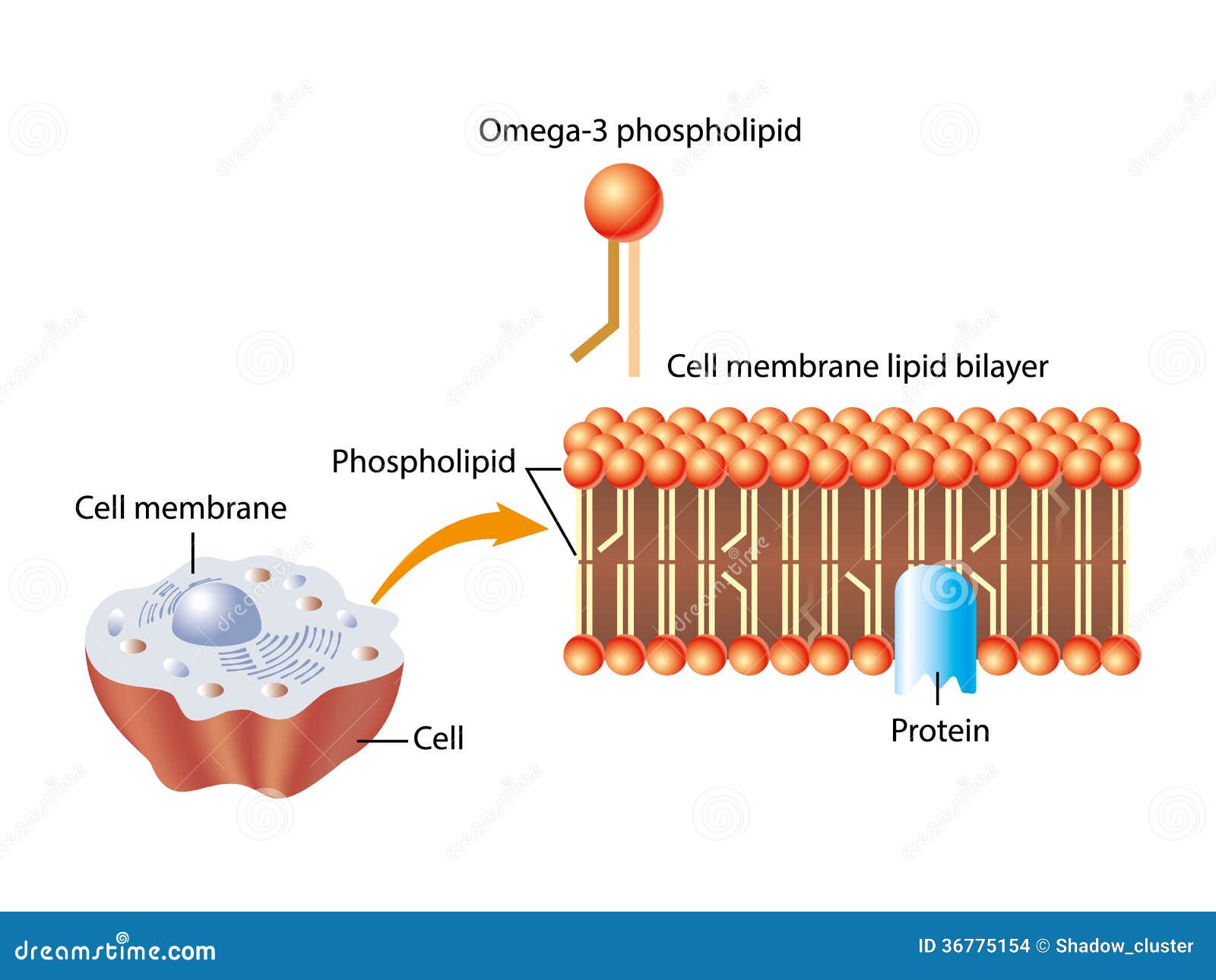
4 LptB 2FGC extracts the mature LPS out of the IM, 5, 6, 7, 8 and subsequently pushes it to the other Lpt proteins in the periplasm and OM leading to LPS display on the cell surface. 3 MsbA flips the nascent LPS across the IM. Previous studies demonstrate that LPS transport is powered by two ATP-binding cassette (ABC) transporters: MsbA and LptB 2FGC. To build a stable and functional asymmetric OM, phospholipids and LPS must be transported across the periplasm from their site of synthesis, i.e., the cytoplasmic side of the IM. 1, 2 Proteins involved in maintaining the asymmetrical OM are attractive targets for developing new classes of antibiotics to combat drug-resistant Gram-negative bacteria. This asymmetric lipid bilayer serves as a permeation barrier, helps maintain optimal membrane fluidity, facilitates proper cellular function, and provides antibiotic resistance. Both membrane leaflets of the IM are mostly composed of phospholipids, while the OM is an asymmetric lipid bilayer with the inner leaflet mainly composed of phospholipids and the outer leaflet of lipopolysaccharide (LPS). Gram-negative bacteria are distinctively characterized by their dual lipid membranes consisting of inner membrane (IM) and outer membrane (OM) that are separated by the aqueous periplasm and a layer of peptidoglycan. Together, these findings define the cycle of structural rearrangement of MlaFEDB in action, and suggest that MlaFEDB uses an extrusion mechanism to extract and release phospholipids through the central translocation cavity. Our work reveals unique structural features of the entire MlaFEDB complex, six well-resolved phospholipids in three distinct cavities, and large-scale conformational changes upon ATP binding. Here we determined three cryo-EM structures of MlaFEDB from Escherichia coli in its nucleotide-free and ATP-bound conformations, and performed extensive functional studies to verify and extend our findings from structural analyses. However, the mechanism of phospholipid translocation remains elusive. The conserved MlaFEDB complex in the inner membrane functions as an ABC transporter to drive the translocation of phospholipids between the inner membrane and the periplasmic protein MlaC.

Understanding the mechanisms of phospholipid translocation between the inner and outer membrane represents one of the major challenges surrounding bacterial phospholipid homeostasis.

In Gram-negative bacteria, phospholipids are major components of the inner membrane and the inner leaflet of the outer membrane, playing an essential role in forming the unique dual-membrane barrier to exclude the entry of most antibiotics.


 0 kommentar(er)
0 kommentar(er)
